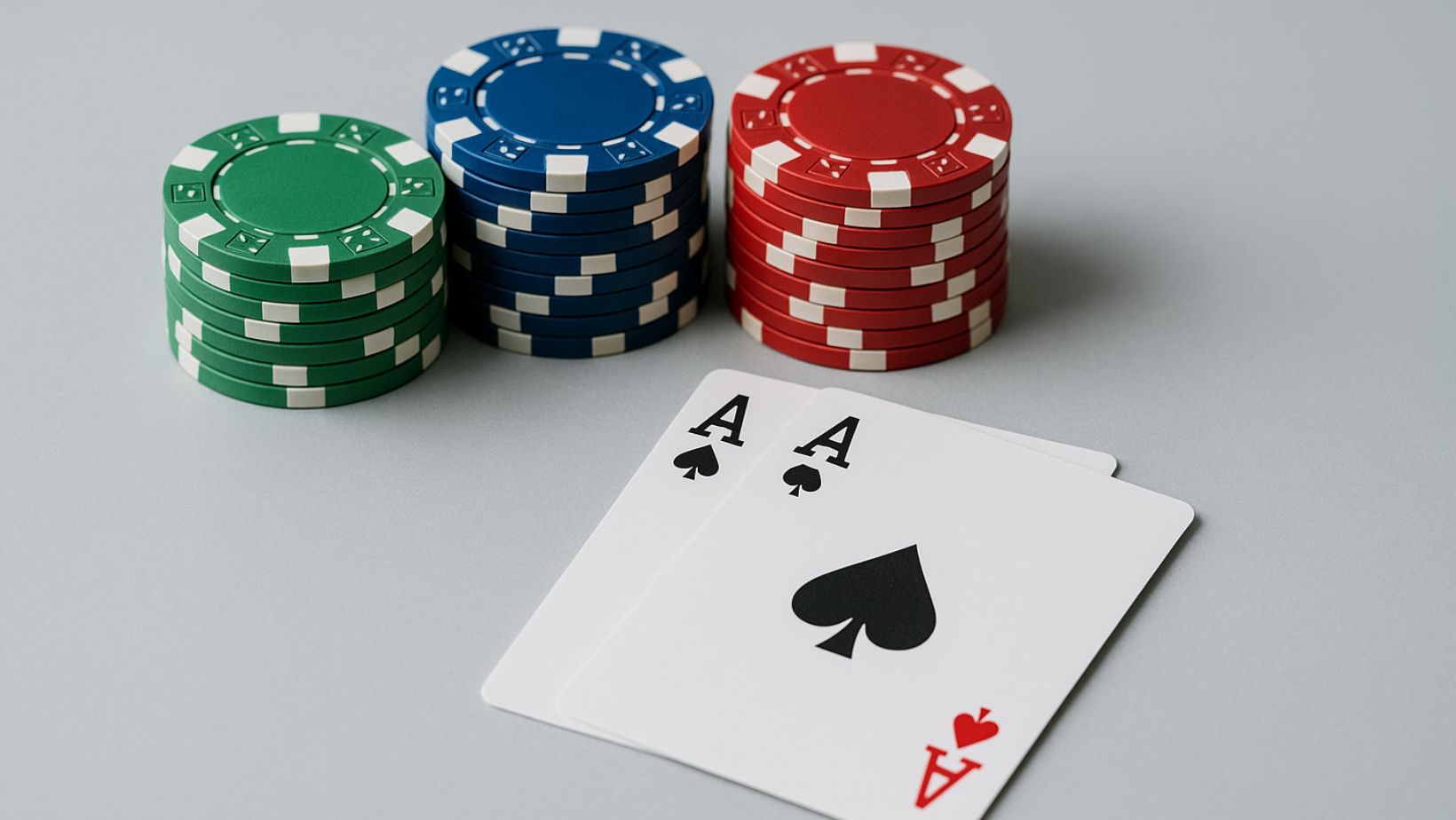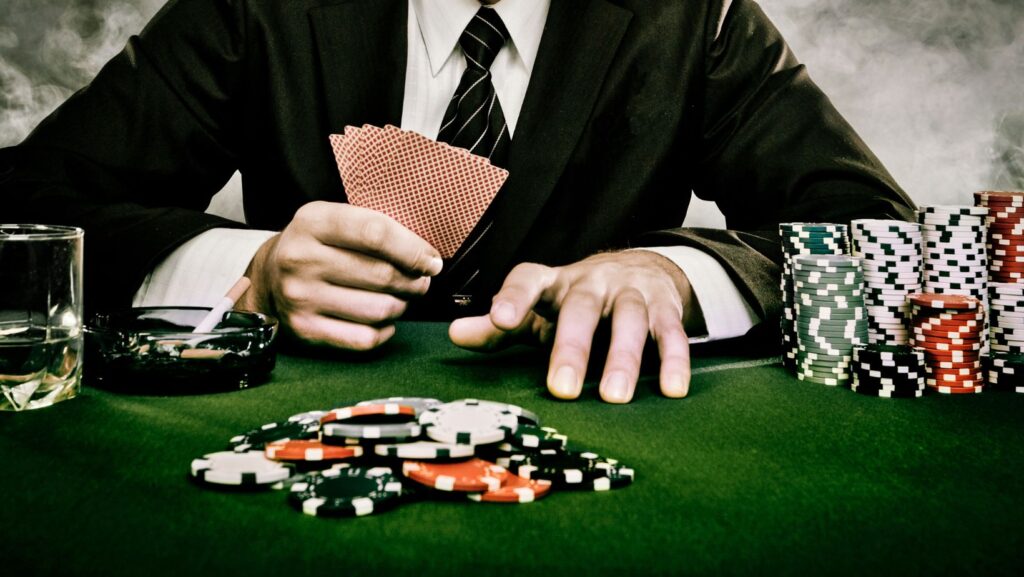
Single-deck blackjack tables offering 6:5 payouts instead of traditional 3:2 ratios represent the most expensive trap in modern casinos. These tables increase the house edge from 0.5% to approximately 1.9%, costing players an additional $14 per $100 wagered over standard games.
6:5 Payout Tables Slash Winnings By 40%
Traditional blackjack pays 3:2 for natural 21s, meaning a $10 bet returns $15 plus the original stake. Tables with 6:5 payouts reduce this to $12, cutting winnings by $3 per blackjack hand. CrownGold and similar platforms clearly display payout ratios, but land-based venues often hide this information in small print.
The 6:5 payout structure transforms blackjack from a skill-based game with favorable odds into a house-heavy gamble. Professional players avoid these tables entirely, as basic strategy cannot overcome the increased mathematical disadvantage.
Casinos promote 6:5 games as “single-deck blackjack” to attract players seeking better card visibility. The reality proves different – single-deck games with proper 3:2 payouts offer a 0.17% house edge, while 6:5 versions climb to 1.45% even with perfect basic strategy.
Continuous Shuffle Machines Eliminate Card Counting
Continuous shuffle machines (CSMs) automatically shuffle discarded cards back into play after each hand. These devices prevent card counting strategies and increase hands per hour from 60 to approximately 80, accelerating losses for recreational players.
CSM tables offer no mathematical advantage to players compared to traditional shoe games. The house edge remains identical, but faster gameplay means more money at risk per session. Atlantic City casinos report 25% higher revenue per table hour on CSM blackjack games.
Traditional shoe games deal 4-6 rounds before shuffling, creating slight variations in remaining card composition. CSMs eliminate these fluctuations, ensuring consistent house advantage on every single hand dealt.
Single Deck Games With Poor Rules
Single-deck blackjack appears attractive due to increased blackjack frequency and improved card visibility. Poor rule variations destroy these advantages through restrictions on doubling, splitting and surrender options.
Games prohibiting double after split reduce player returns by 0.14%. No surrender rules cost an additional 0.08%. Combined with dealer hits soft 17 (adding 0.22%), these restrictions create a 1.1% house edge despite single-deck play.
| Rule Variation | House Edge Impact |
| No double after split | +0.14% |
| No surrender allowed | +0.08% |
| Dealer hits soft 17 | +0.22% |
| Blackjack pays 6:5 | +1.39% |
Shoe Games With Eight Decks
Eight-deck shoe games increase the house edge to 0.66% compared to 0.17% for single-deck versions with identical rules. The additional decks reduce blackjack frequency from 4.83% to 4.75% and make card counting significantly more difficult.
Penetration depth affects player advantage in shoe games. Tables stopping play with 2+ decks remaining (25% penetration) offer no counting opportunities. Optimal penetration reaches 75-80%, leaving only 1-2 decks undealt.
European casinos commonly use 8-deck shoes with no hole card rules, preventing players from checking for dealer blackjack until all hands complete. This variation adds 0.11% to the house edge when surrender is unavailable.
Side Bet Traps With High House Edges
Blackjack side bets like “21+3” and “Perfect Pairs” carry house edges between 3.2% and 25%, making them among the worst wagers in any casino. These optional bets appear alongside standard blackjack action but operate independently.
Insurance bets offer 2:1 payouts when dealers show an ace, but true odds are 2.23:1 against dealer blackjack. This creates a 7.4% house edge, making insurance one of the most expensive decisions in blackjack.

Lucky Ladies side bets pay up to 200:1 for specific 20-point hands but maintain a crushing 17% house edge. Even maximum payouts cannot overcome the mathematical disadvantage built into side bet structures.
Automatic Shuffling at Unfavorable Counts
Some casinos employ preferential shuffling, reshuffling cards when counts favor players. This practice eliminates the primary advantage of card counting systems while maintaining normal shuffle timing during favorable house situations.
Preferential shuffling is legal but unethical, as it changes game conditions based on mathematical advantage. Players can identify this practice by tracking shuffle frequency during positive and negative count situations.
Electronic surveillance systems can detect card counting and trigger early shuffles automatically. These systems analyze betting patterns and playing decisions to identify skilled players, then implement countermeasures without human intervention.
Low Table Limits With Poor Penetration
$5 minimum tables often feature the worst rule combinations and shallowest penetration rates. Casinos use low limits to attract recreational players while implementing unfavorable conditions that maximize house profits.
High-limit tables typically offer better rules, deeper penetration and 3:2 blackjack payouts. The $25-$100 minimum requirements exclude casual players but create more favorable conditions for serious gamblers.
Penetration below 50% eliminates any counting advantage while maintaining the appearance of traditional blackjack. These games cater to players unaware of how deck composition affects optimal strategy decisions.






